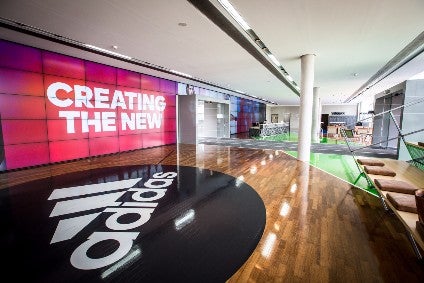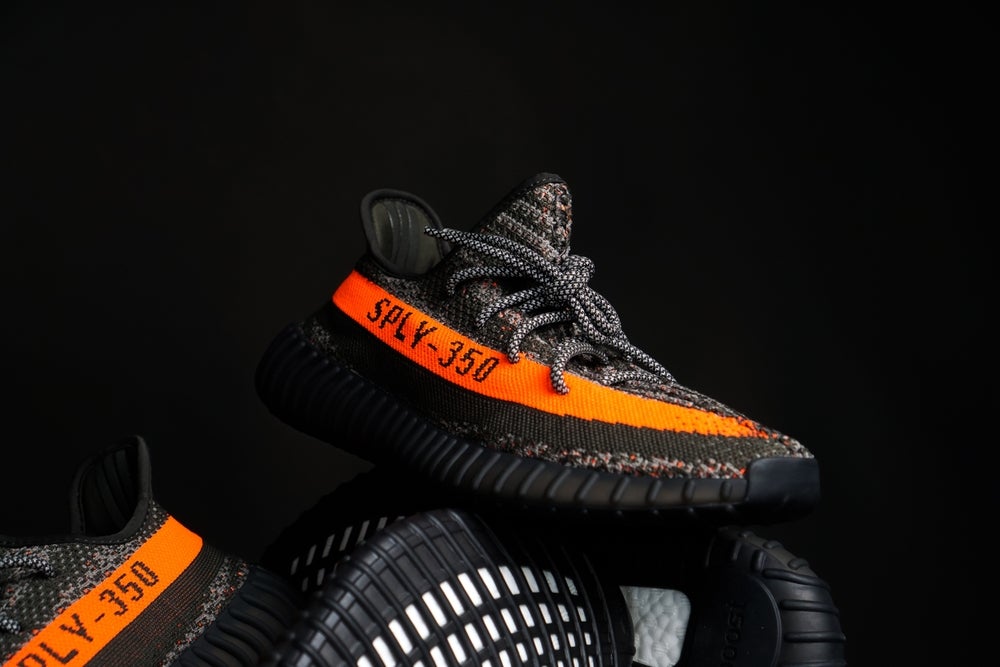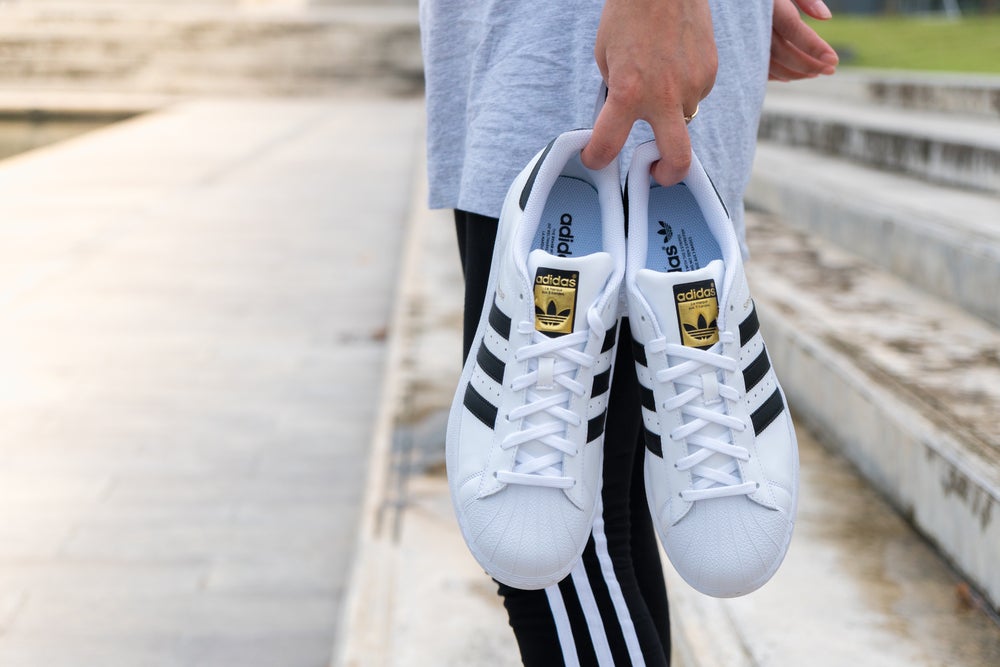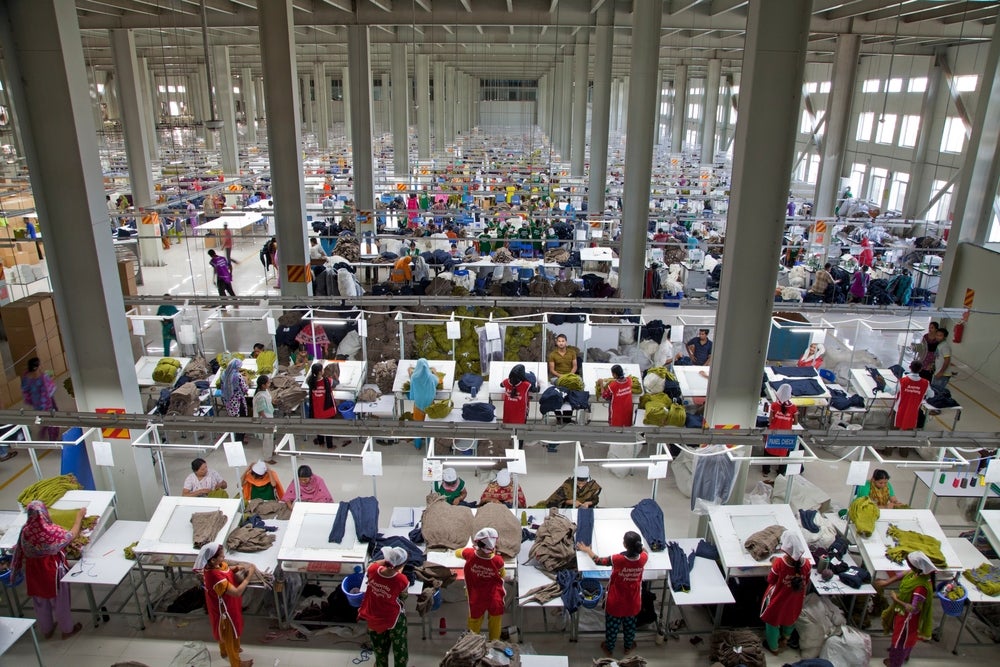
Despite a number of difficult years, adidas is back on track. The company’s strong performance has been helped by the health of the global sportswear industry, the proliferation of athleisure, and a more reactive and agile manufacturing process, writes Pedro Aguilar, beauty and fashion analyst at market research provider Euromonitor International.
Adidas Group, the German sportswear producer, ranks second in the global apparel and footwear industry behind rival NIKE. The company generates the majority of its revenue through its primary brand, Adidas, which accounted for 85% of sales in FY 2016. Reebok was acquired in 2005 for US$3.8bn, as part of a strategy to give Adidas Group a stronger foundation in North America. However, this region has long proved problematic for the company, due to its highly competitive environment and the dominating presence of Nike. Adidas has taken aggressive steps to improve its position in the US sportswear market. Its efforts paid off somewhat in FY 2016, with currency-neutral sales of its core Adidas and Reebok brands up 24% in the region.
Despite a number of difficult years, Adidas is back on track with a positive performance over the past two years, as the growth strategies of the new Adidas Group had an outstanding year in 2016, as revenues grew by 18% on a constant currency basis to reach US$19.3bn. This was predominately driven by its eponymous brand, which grew by 22% over the year.
And in a third-quarter trading update today (9 November), the company booked another quarter of strong earnings and revenue growth thanks to expansion in the US and China.
Adidas Q3 driven by US and China growth
Redesigning and aligning supply chain with business strategy
Developing a more reactive and agile manufacturing process enables Adidas to capture consumer demand for best-selling products, while enhancing the company’s position in trend-setting cities around the world to add credibility and enhance desirability. The company’s strong performance is also a demonstration of the health of the broader global sportswear industry, which has been propelled by the proliferation of athleisure. Adidas in particular has benefited from the trend, with its lifestyle category growing by 45% in 2016.
See Also:
In keeping with the notion of operating in a way that best serves its consumers, Adidas Group aims to become the first fast sports company by 2020. By developing a more reactive and responsive supply chain the company has the ability to capitalise on best-selling items and reduce risk of markdowns. Although speeding up production is beneficial, Adidas should ensure its faster approach does not contradict its sustainability efforts and brand image.
How well do you really know your competitors?
Access the most comprehensive Company Profiles on the market, powered by GlobalData. Save hours of research. Gain competitive edge.

Thank you!
Your download email will arrive shortly
Not ready to buy yet? Download a free sample
We are confident about the unique quality of our Company Profiles. However, we want you to make the most beneficial decision for your business, so we offer a free sample that you can download by submitting the below form
By GlobalDataAthleisure or the opportunity to stand out from competitors
The proliferation of athleisure has taken the sportswear industry by storm, and Adidas has been well positioned to benefit from the trend with its sports-inspired brands such as Adidas Originals and Adidas neo. While women’s products significantly outsell men’s in the global apparel and footwear market, this pattern differs in the sportswear market, where menswear generates a larger percentage of sales. This gap continues to offer Adidas substantial opportunities in women’s activewear.
Changing consumer habits are an important part of this fast-growing trend. An increase in running is a key driver for its women’s products, in line with increased levels of participation in women’s sports and training. Digital is also key, with the majority of users of digital training apps being women. The athleisure trend is also about lifestyle, and has come from the US, where it is part of the celebrity culture to wear activewear as casualwear.
The vast consumer base that adopted athleisure has become accustomed to the comfort of stretchy materials and elasticated waistbands. Consumers are no longer willing to sacrifice this new-found everyday comfort, nor are they willing to compromise on style, and herein lies a considerable opportunity for Adidas to tap into consumers’ increasing desire for products that are both functional and trendy. As the apparel and footwear industry increasingly moves towards functional products with the rise of start-ups such as Ministry of Supply and Mizzen + Main, Adidas is in an extremely beneficial position.
Digital strategy and collaborations to create a lifestyle brand
The Adidas brand is decreasing its marketing spend on partnership assets, which includes sponsoring events such as FIFA and high-profile athletes, and is instead deploying additional resources into digital campaigns and grass-roots activities. Adidas is increasingly looking to build communities around its brand and product offerings, and as a result is aiming to build its presence online, engaging with consumers through platforms such as Instagram and promoting brand loyalty.
In addition to athletes, the brand also partners with celebrities such as Rita Ora and Kanye West, as well as influencers such as supermodels Karlie Kloss and Kendall Jenner. Adidas has been bullish in women’s products, producing a combination of sports-inspired and performance collections, complemented by collaborations with designers such as Stella McCartney and Yohji Yamamoto.
The combination of both professional athletes and high profile stars has enabled the brand to successfully establish its lifestyle offering, which jumped by 45% in FY 2016, while maintaining its reputation as an innovative leader in performance apparel and footwear. Exploring collaborations further by building upon the Yeezy range while working with other high-profile personalities will enable the company to tap into the current zeitgeist and maintain relevancy among a consumer base that moves on quickly.








Related Company Profiles
adidas AG
Adidas Group
NIKE Inc
Euromonitor International Ltd.
Reebok